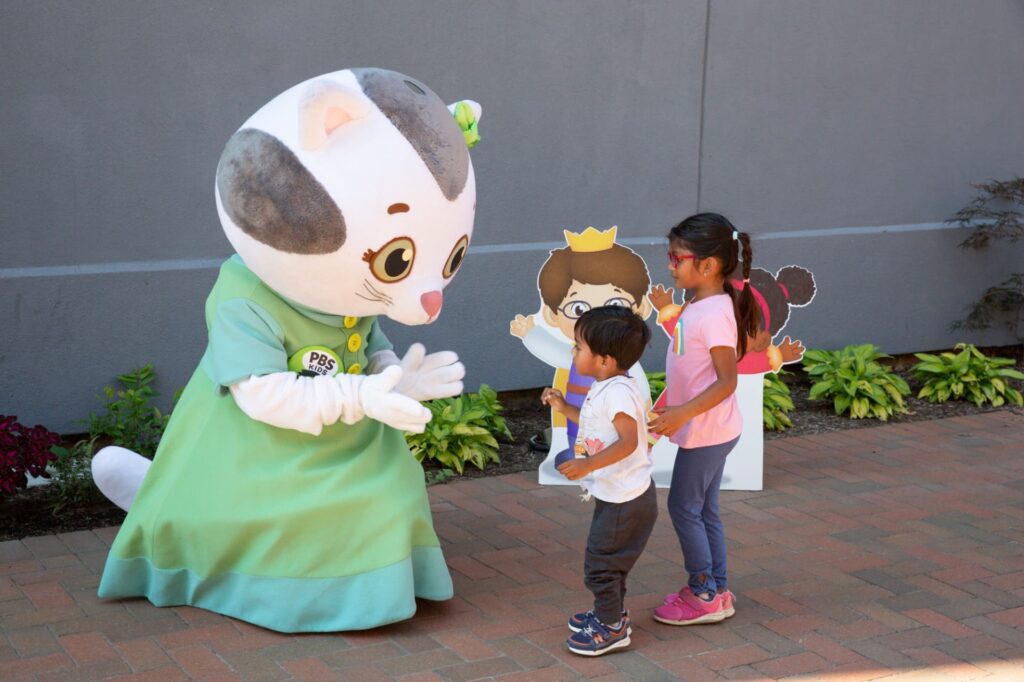One of the most-anticipated films to drop this year is the Barbie movie. The film, directed by Greta Gerwig, stars Margot Robbie as the titular, multi-talented Barbie, whose perfect life in Barbieland is turned upside down when an inner crisis forces her to depart for the real world.
If you haven’t seen or heard anything about the movie yet, you must be living under a rock or on a remote island without Internet. The Barbie movie has seen one of the most prolific, memorable marketing campaigns in recent memory. Everywhere you look, it seems like there’s an “[Brand] x Barbie collection. According to reports, Mattel inked more than 100 brand partnerships ahead of its premiere.
Juggernauts like Mattel and Lego are, of course, in a different league when it comes to multiplatform strategies. But there is a lot to learn and to draw inspiration from them.
Enter Barbieland
From viral marketing, to merchandising, to real estate, a wide range of PR tactics have been implemented to create awareness and excitement for the movie release. One of my personal favourites, is Barbie’s Malibu DreamHouse on AirBnB:

But there’s so much more. It seems like the whole world has turned pink. Here and there are overviews over who else jumped on the Barbie bandwagon, including entertainment brands like Hot Wheels, Xbox, and the Food Network. Barbie is everywhere where her audience is.
And that’s exactly key when it comes to multiplatform strategies for kids’ content, according to Ellen Doherty, Chief Creative Officer at Fred Rogers Productions, who I interviewed for this article. “We want to be wherever our audience is,” she states. So where are kids these days and what are their media habits?
Gen Alpha Media Habits
With the advent of digital technology, children’s media consumption habits have evolved. Many kids now have access to smartphones, tablets, and other devices, and they consume content on multiple platforms simultaneously. They still watch traditional TV; they also use YouTube and other social media platforms as wells as streaming services.
Therefore, Gen Alpha’s media habits are characterised by a preference for digital content, multi-screen consumption, social media proficiency, short attention spans, and a desire for personalised content. If you want to learn more about Gen Alpha, check out my Meet Gen Alpha article.
By employing a multiplatform strategy, content creators can reach a wider audience and make their content accessible to children on their preferred platforms. However, with this audience it’s not just about reaching them, it’s also about engaging them.
Interactivity and Personalisation
Kids today expect interactive and engaging experiences from their content. These interactive elements can include games, quizzes, polls, and social media integrations. This enhances the overall experience and keeps children actively engaged with the content. Plus, different platforms offer unique features that can be leveraged to provide personalised and customised experiences for kids. For example, streaming platforms can recommend content based on a child’s viewing history, while mobile apps can offer personalised avatars or customisable settings. A multiplatform strategy allows content creators to tailor their offerings to individual preferences, enhancing the overall user experience.
Ellen Doherty explains that at Fred Rogers Productions they want kids to experience their TV shows and to enrich and deepen the connection with characters such as Daniel Tiger, Donkey Hodie and Alma. Therefore, their characters have a digital home on PBS KIDS, where kids can explore, for example, Daniel Tiger’s “neighbourhood,” which includes games, stories, videos, art, and songs. They also try to reach the parents and educators via social media. Ellen says: “Social Media started out as marketing, but now it’s become content, too.”
Meet the Characters IRL
Engaging kids online is one thing, but for Fred Rogers Productions, real-life events where kids can meet the characters and interact with them is key. For them it’s about reflecting children’s communities. “It’s always about neighbourhood. It’s about community and about being aware of who the people are in your world”, according to Ellen Doherty. That’s why they call these local brand activations, community engagements. An example for that is the “Be my Neighbour Day,” Fred Rogers Productions organises, together with local stations in many markets throughout the United States.

When it comes to their multiplatform strategy, Fred Rogers Productions is looking for engagement and impact and there are two goals in particular they want to achieve. Firstly, there is a learning component which is mission and impact-driven and gives kids a supported experience in social-emotional learning as being part of a community. And secondly, they aim for brand awareness. They want the kids and parents to know about the shows.
Commercially-focused companies will have another goal: additional revenues.
Diversify Revenue Streams
A multiplatform strategy also allows content creators to diversify their revenue streams. They can explore various monetisation models, such as licensing deals, advertising partnerships, merchandise sales, and subscription services across different platforms.
The diversification reduces reliance on a single revenue source and provides more opportunities for financial success. It also enables content creators to extend their brand presence and reach into different media and markets. For example, a successful children’s TV show can leverage its popularity to create related mobile apps, online games, merchandise, as well as live events. Cross-promotion across platforms strengthens brand recognition and creates a cohesive experience for kids across different touchpoints. Barbie is certainly the best example for that. So have a look at all the different collaborations to get some inspiration.
Social and Emotional Value
These crossovers can reach more audiences, create cultural moments, and expand monetisation opportunities. While these experiences look and feel like entertainment, they often deliver much more – from product recommendations and trusted sources of information to more social and emotional value.
An example for that is the latest scripted format series by Dutch production company Every Media called The Bully Vlogs which is about ten high school students, each of whom experiences bullying. We follow the journey of the bullied, as well as that of the bully. Through their video diaries, they each share their own side of the story. It’s a scripted series based on true stories that concludes with a clear action: stop bullying. Every Media empowered this message with a variety of non-scripted stories and interviews across various channels, resulting in a massive adoption within target audience. As part of the special programming week, they asked everyone in the Netherlands to show that they are against bullying by putting four dots on your hand. “A strong message and a simple gesture”, says Tim Vloothuis, Producer at Every Media.

More Interconnected and Interdependent
Savvy media and entertainment companies should be looking across media channels, honing their engagement strategies to reach broader audiences and deliver more opportunities to get fans excited about their favorite series or franchise, even in the “off season.” According to Deloitte’s latest Digital Media Trends report, digital media is becoming more interconnected and interdependent.

While IP owners don’t need to be everywhere all at once, entertainment executives in general, and kids’ content producers in particular, should consider Evan Shapiro’s “oui, et” approach which he demonstrated at MIPTV and think strategically about how to add value to audiences increasingly moving across these digital media platforms. For streamers, studios, and brands, standing out amid so much competition can rest on effectively driving awareness and buzz through savvy engagement with social media creators, fan communities, and within popular social games. It always depends on the rights you have, of course.
All in all, a multiplatform strategy for kids’ content is essential to cater to changing media consumption habits, engage young audiences, provide personalised experiences, diversify revenue streams, extend brand presence, and adapt to the evolving landscape of children’s entertainment. However, keep in mind, as Ellen emphasized: “No 1 is always character and story and then comes the strategy.” If the story isn’t right, your strategy won’t have a big impact. And the other recommendation is collaboration. Both Mattel, and Fred Rogers Productions collaborate with other companies to maximise their impact and minimise costs.
To learn more about multiplatform strategies in kids’ content, join us at MIPJUNIOR 13- 15 October & MIPCOM 16- 19 October 2023.



